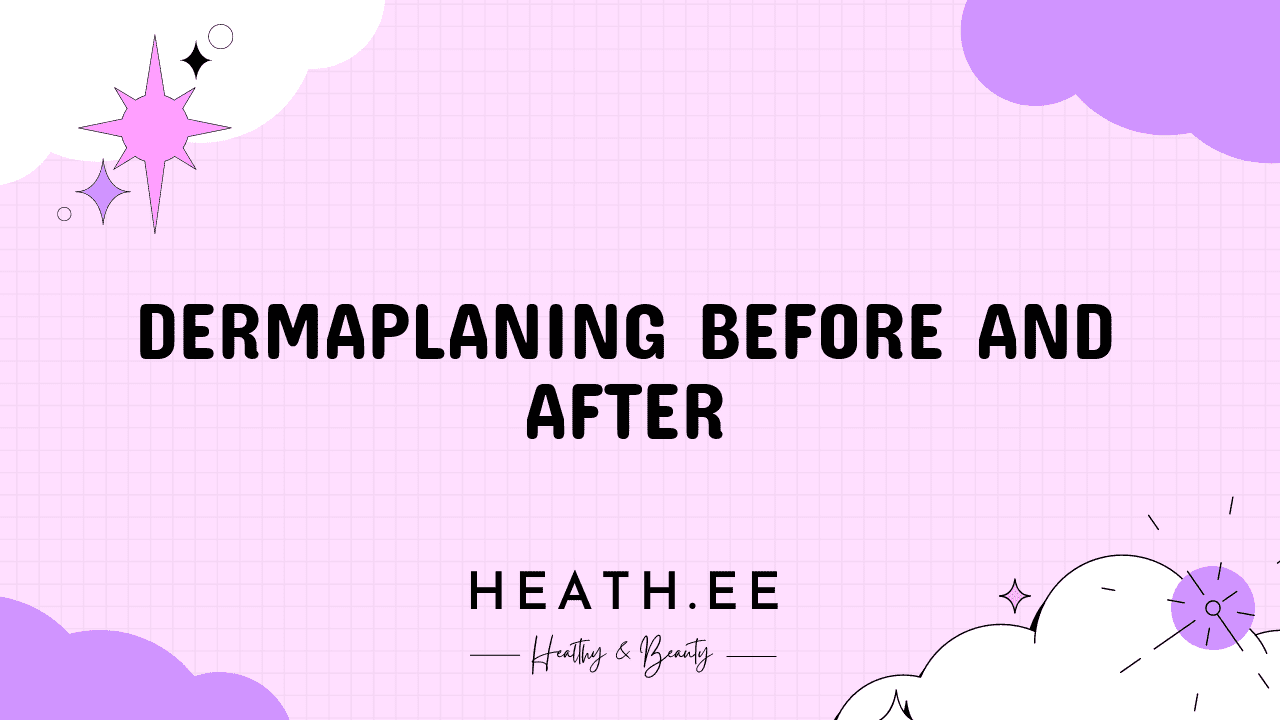Dermaplaning is a popular skin treatment that has been gaining traction in recent years. It is a technique that involves using a scalpel to scrape off the top layer of skin, which helps to remove dead skin cells, dirt, and other debris. This can help to reduce the appearance of fine lines and wrinkles, as well as improve the overall texture and tone of the skin. But what exactly is dermaplaning, and what are the before and after results? Read on to learn everything you need to know about dermaplaning before and after.
What Is Dermaplaning?
Dermaplaning is a skin treatment that involves using a scalpel to scrape off the top layer of skin. This technique is often used to remove dead skin cells, dirt, and other debris that can build up on the surface of the skin. It can also be used to reduce the appearance of fine lines and wrinkles, as well as improve the overall texture and tone of the skin.
Dermaplaning is a relatively simple and painless procedure, and it can be done in a doctor’s office or at home. It is important to note, however, that it is not recommended for people with sensitive skin, as it can cause irritation and redness. Additionally, it is not recommended for people who have active acne, as it can spread bacteria and cause further breakouts.

Benefits of Dermaplaning
Dermaplaning can offer a variety of benefits for the skin. It can help to reduce the appearance of fine lines and wrinkles, as well as improve the overall texture and tone of the skin. It can also help to remove dirt, oil, and other debris that can build up on the surface of the skin. Additionally, it can help to reduce the appearance of dark spots and hyperpigmentation.
Dermaplaning can also help to stimulate collagen production, which can help to reduce the appearance of wrinkles and fine lines. Additionally, it can help to reduce the appearance of acne scars and other blemishes.
What to Expect Before and After Dermaplaning
Before undergoing a dermaplaning treatment, it is important to discuss any concerns or questions you may have with your doctor or aesthetician. Additionally, it is important to discuss any medications or supplements you are taking, as some of these can increase the risk of side effects.
After the treatment, you may experience some redness and irritation, as well as some minor swelling. This should subside within a few hours. Additionally, you may experience some dryness and flakiness of the skin, which can be managed with a moisturizer.

How to Prepare for Dermaplaning
Before undergoing a dermaplaning treatment, it is important to prepare your skin. This includes cleansing the skin thoroughly and avoiding the use of any harsh chemicals or exfoliants. Additionally, you should avoid the use of any oils or creams, as these can interfere with the treatment.
It is also important to avoid sun exposure before and after the treatment. This includes using sunscreen and wearing protective clothing when outdoors. Additionally, it is important to avoid any activities that may cause sweating, as this can also interfere with the treatment.
What to Expect After Dermaplaning
After a dermaplaning treatment, you may experience some redness and irritation, as well as some minor swelling. This should subside within a few hours. Additionally, you may experience some dryness and flakiness of the skin, which can be managed with a moisturizer.
It is important to note that the results of dermaplaning are not immediate. It can take up to two weeks for the skin to heal and the results to be visible. Additionally, it is important to note that the results of dermaplaning are not permanent, and the treatment must be repeated in order to maintain the results.
How to Maintain the Results of Dermaplaning
In order to maintain the results of dermaplaning, it is important to follow a few simple tips. This includes avoiding any harsh chemicals or exfoliants, as well as avoiding sun exposure and activities that may cause sweating. Additionally, it is important to use a gentle cleanser and moisturizer to keep the skin hydrated.
It is also important to use sunscreen when outdoors, and to wear protective clothing. Additionally, it is important to avoid picking or touching the skin, as this can cause further irritation.
Is Dermaplaning Right for Me?
Dermaplaning is a popular skin treatment that can offer a variety of benefits. However, it is important to discuss any concerns or questions you may have with your doctor or aesthetician before undergoing the treatment. Additionally, it is important to note that the results of dermaplaning are not immediate, and the treatment must be repeated in order to maintain the results.
Overall, dermaplaning can be a great way to improve the texture and tone of the skin. It can help to reduce the appearance of fine lines and wrinkles, as well as improve the overall texture and tone of the skin. Additionally, it can help to reduce the appearance of dark spots and hyperpigmentation. However, it is important to discuss any concerns or questions you may have with your doctor or aesthetician before undergoing the treatment.
Conclusion
Dermaplaning is a popular skin treatment that can offer a variety of benefits. It can help to reduce the appearance of fine lines and wrinkles, as well as improve the overall texture and tone of the skin. Additionally, it can help to reduce the appearance of dark spots and hyperpigmentation.
However, it is important to discuss any concerns or questions you may have with your doctor or aesthetician before undergoing the treatment. Additionally, it is important to follow a few simple tips in order to maintain the results of dermaplaning. This includes avoiding any harsh chemicals or exfoliants, as well as avoiding sun exposure and activities that may cause sweating.
Overall, dermaplaning can be a great way to improve the texture and tone of the skin. If you think dermaplaning is right for you, be sure to discuss any concerns or questions you may have with your doctor or aesthetician before undergoing the treatment.



